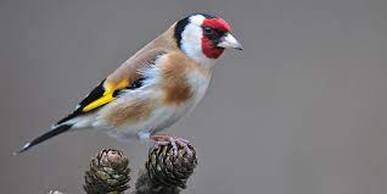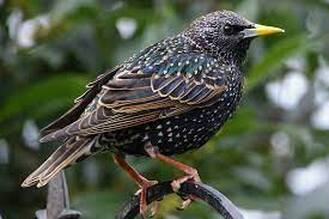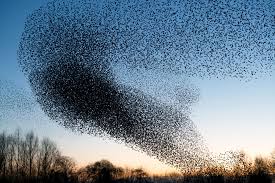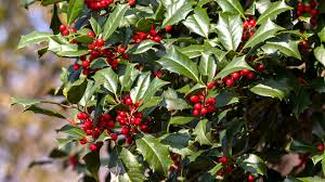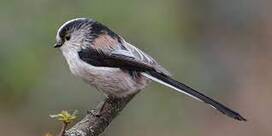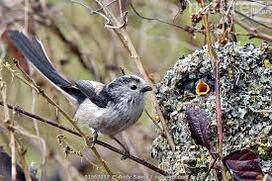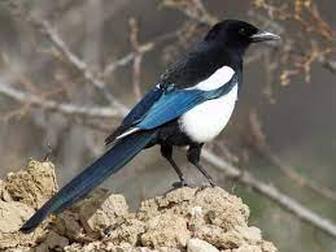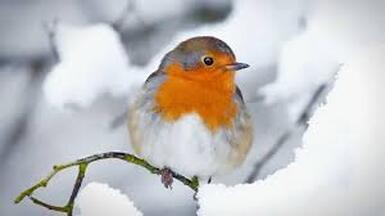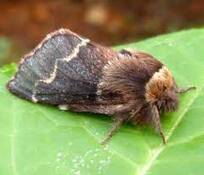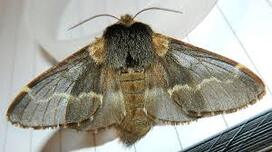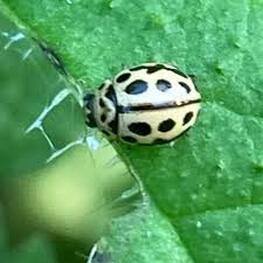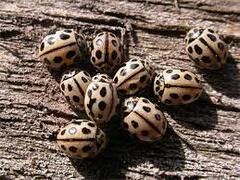StarlingsStarlings are on the Red List of species of conservation concern, due to steep declines in their breeding population. So the awe-inspiring aerial manoeuvres, or murmurations, that starlings perform before going to roost in winter are noticeably thinner on the ground than they were as recently as the 1980s. Yet the dusk displays, which are swelled by migrant birds fleeing the harsher conditions in Scandinavia, Eastern Europe and Russia, remain a highlight of the wildlife watcher’s calendar.
|
Long tailed titOn bitterly cold nights, long-tailed tits will line up on a branch deep inside a thick hedge or bush, nestled together for warmth. The roosts contain related individuals, often adults and their offspring. By day, these family parties are much more public, drawing attention to themselves with high-pitched volleys of slurring ‘srih-srih-srih’ calls.
|
